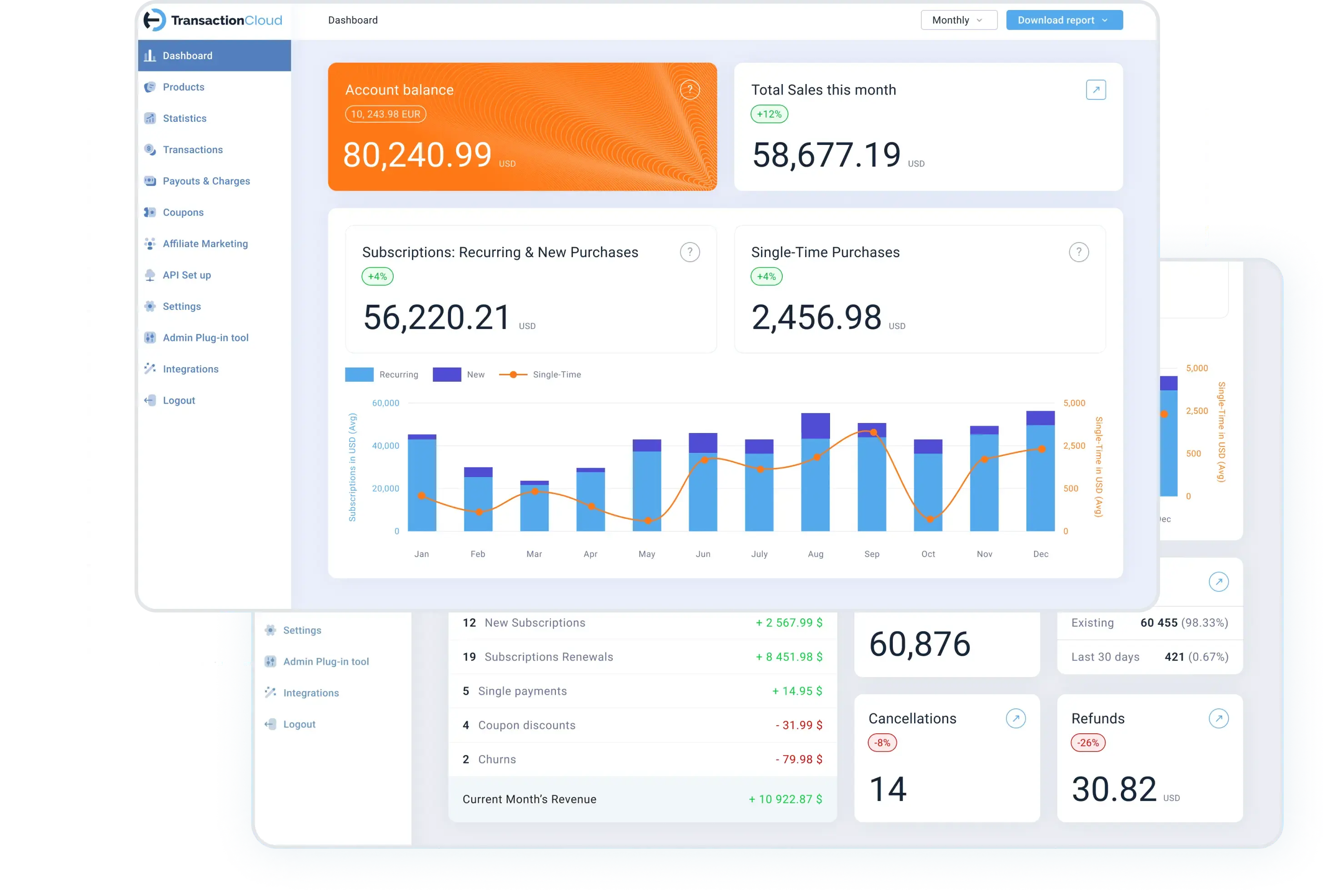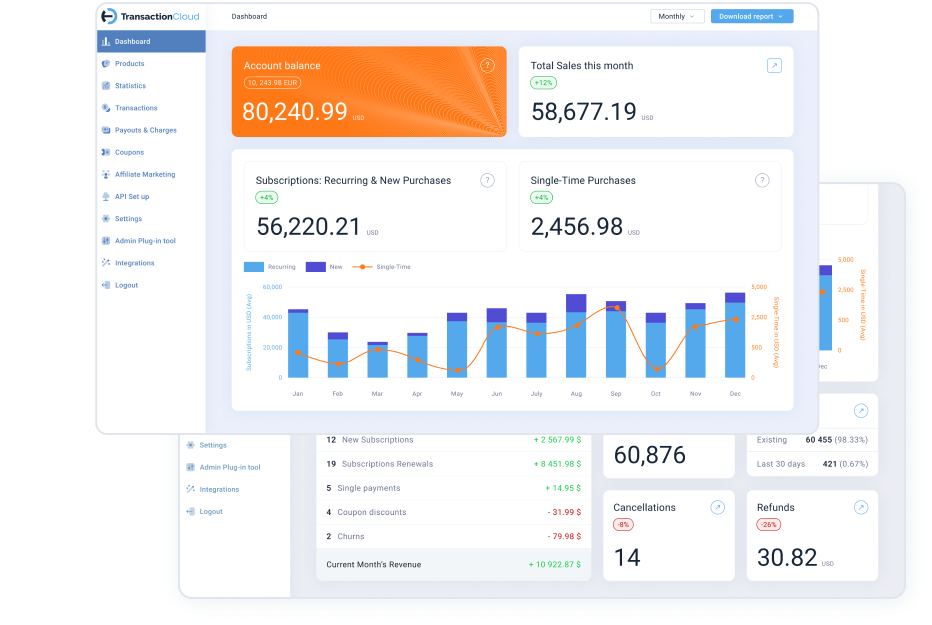1. Tiered Pricing and Packaging
Tiered pricing and packaging is a fundamental strategy that allows companies to cater to a diverse range of customers with varying needs and budgets. By offering different subscription tiers, each with increasing features and benefits, companies can effectively capture customers at various stages of their business growth.
- Usage-Based Billing
For SaaS and software companies that offer products with usage-based metrics (e.g., data storage, API calls), implementing usage-based billing can be incredibly effective. This strategy ensures that customers pay based on their actual usage, resulting in a fair and transparent billing model.
- Annual Contracts with Discounts
Encouraging customers to commit to annual contracts by offering discounts is a win-win situation. Customers receive a cost-saving incentive, while the company secures a predictable revenue stream for an extended period.
- Freemium Models
A freemium model allows companies to attract a larger user base by offering a basic version of their product for free, while charging for premium features. This strategy can create a user base that is more likely to upgrade as they become accustomed to the product.
- Cross-Selling and Upselling
Cross-selling involves offering additional products or services that complement the customer's existing subscription. Upselling, on the other hand, encourages customers to upgrade to higher-tier plans. Both strategies capitalize on existing customer relationships to drive increased revenue.
- Dynamic Pricing
Dynamic pricing adjusts subscription fees based on factors such as usage, demand, and market conditions. This flexible approach ensures that customers pay a price that aligns with the value they receive, potentially leading to higher customer satisfaction and retention.
- Early Access and Exclusive Features
Providing early access to new features or exclusive functionality can incentivize customers to opt for higher-tier plans. This strategy taps into customers' desire for innovation and access to cutting-edge tools.
- Transparent Billing and Communication
Transparent billing is the cornerstone of customer trust. Clearly communicate pricing structures, billing cycles, and any potential changes to customers. Being open and responsive to customer inquiries about billing can prevent confusion and disputes.
- Churn Reduction Tactics
Churn, or the rate at which customers cancel subscriptions, can significantly impact revenue. Implementing strategies such as personalized onboarding, proactive customer support, and continuous value delivery can help reduce churn and improve long-term customer retention.
- Customer Feedback and Iteration
Listening to customer feedback is invaluable for refining subscription pricing and packaging. Regularly assess which features are most valued by customers and adjust your offerings accordingly.
- Data-Driven Insights
Utilize data analytics to gain insights into customer behavior and preferences. By analyzing subscription usage patterns, you can identify opportunities for optimization and tailor your pricing strategies accordingly.
In conclusion, mastering subscription billing is a critical component of achieving revenue stability for SaaS and software companies. Implementing a combination of tiered pricing, usage-based billing, upselling, and transparent communication can help create a strong foundation for billing excellence. Remember that subscription strategies should be dynamic and adaptable, evolving with changing market conditions and customer preferences. By continually refining your approach, you can unlock the full potential of subscription revenue in the ever-evolving landscape of technology services.

